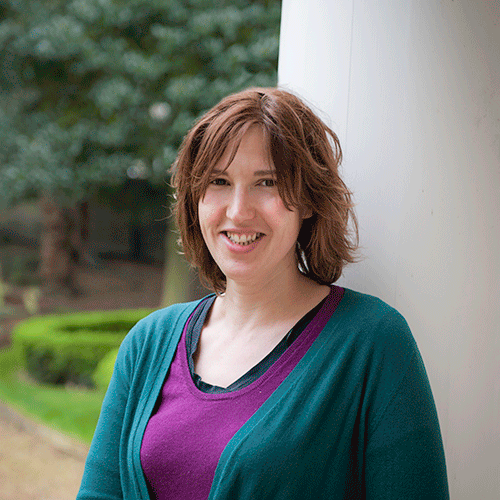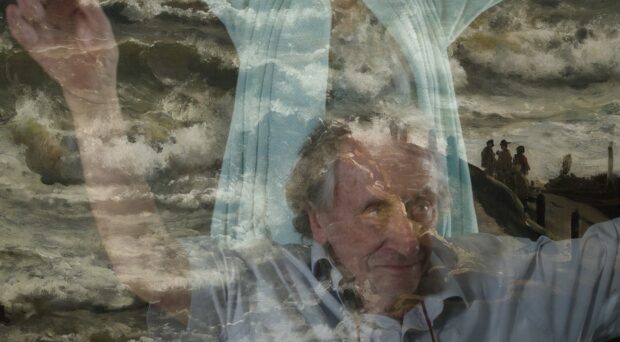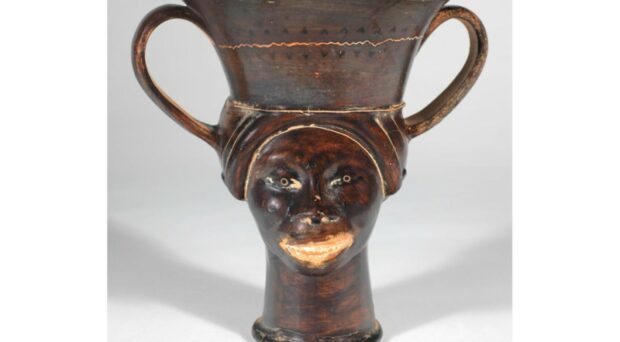What have we learned after four phases of evaluation at the Sedgwick Museum of Earth Sciences? The evaluation focused on one particular area of the Museum as we tried to find out how changes in the gallery impact on the visitor experience.
Since 2014, we have been observing visitors and evaluating museum displays at the Sedgwick Museum, in particular looking at the interpretation around the display related to Dr Woodward. Over the course of the project, we have conducted 227 interviews and observed 353 people. Some of these have involved unobtrusive observations of museum visitors, sometimes we have directly asked visitors to use the in-gallery app; some interviews were very general about the museums experience, other times we were asking very specific questions to really understand what visitors were thinking.
In the most recent study in the autumn of 2017, a team of trained volunteers helped with data collection. This evaluation project would have been impossible without their patience, dedication and good humour.
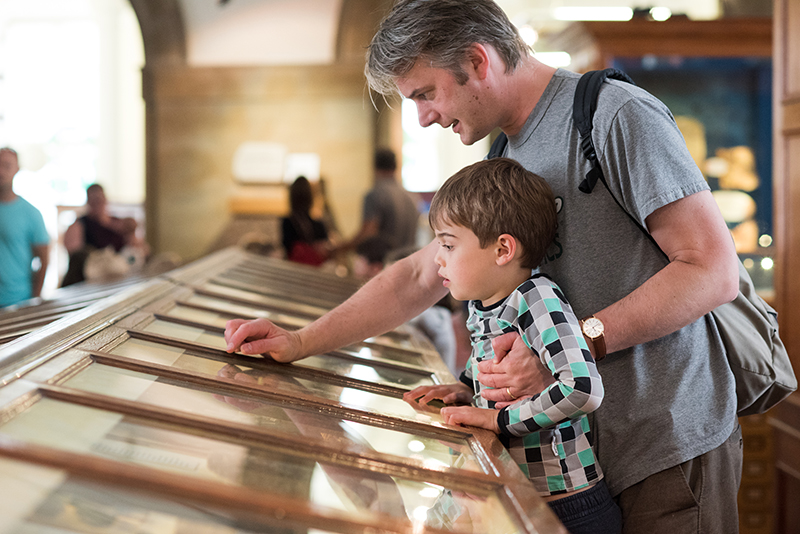
We have discovered many interesting things about the way people visit the Sedgwick. Visitors spend a long time looking at the displays, with the Iguanodon near the entrance being the most popular display: 60% of visitors pause here. This was also the most common place for people to make their first stop in the Museum.
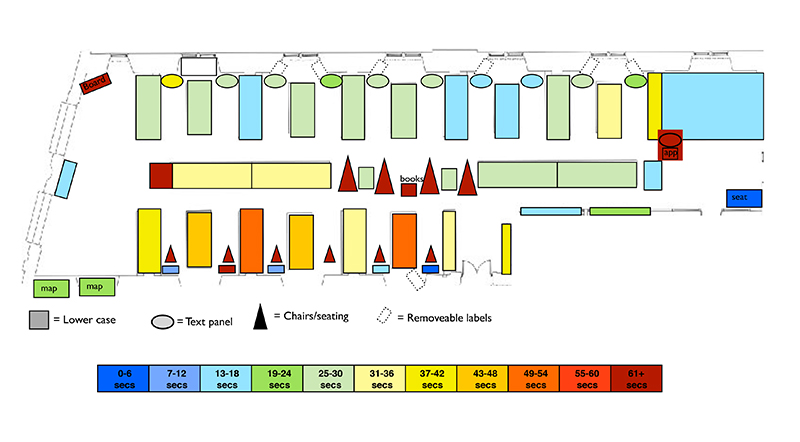
By looking at the average amount of time spent and the number of stops visitors made, it seems that people really enjoy the atmosphere of the building. The interactive elements are well used, from the simple (a jigsaw, where on average people spend nearly four minutes) to the high tech, with the recently installed app proving to be very engaging. Around one third of visitors stopped at the app; according to the most recent tracking study they spent, on average, 147 seconds, making it one of the most engaged with elements of the museum. The interviews also showed that visitors found the app easy to use, with people enjoying the games, the colours and the opportunity to learn inter-generationally.
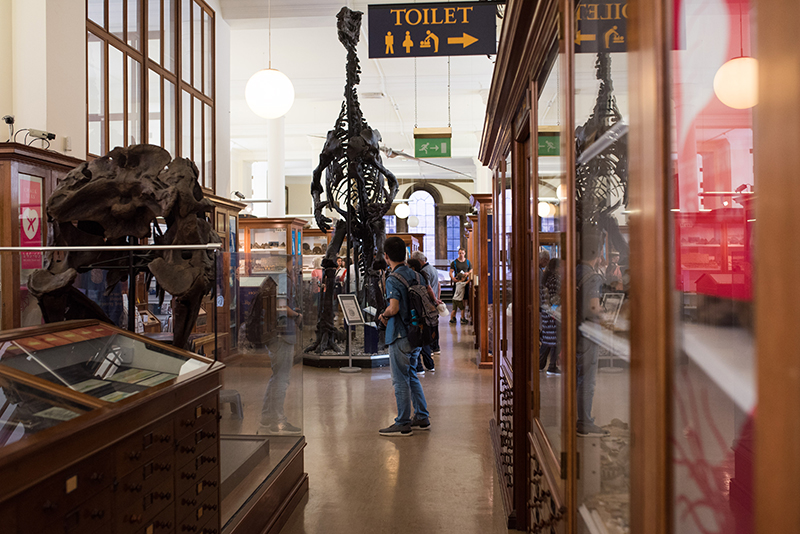
We have learned a great deal about how visitors currently use the Sedgwick, but as the galleries adapt and change, so does the visitor experience. This has been a fantastic opportunity to see how changes in signage and refreshed displays can affect the way visitors engage with and understand our museums. The results will hopefully inform the ways the Sedgwick Museum and other University Museums continue to develop.

